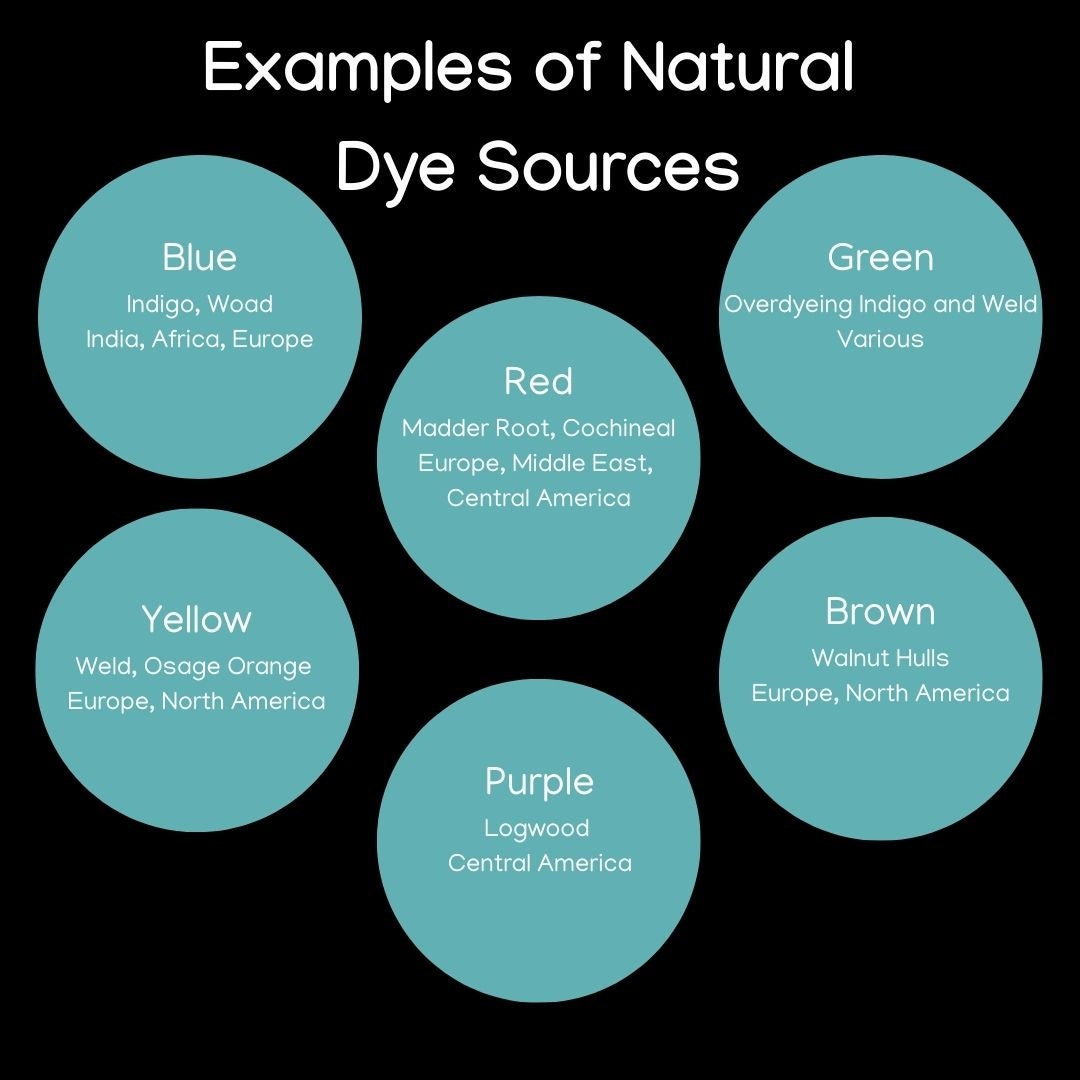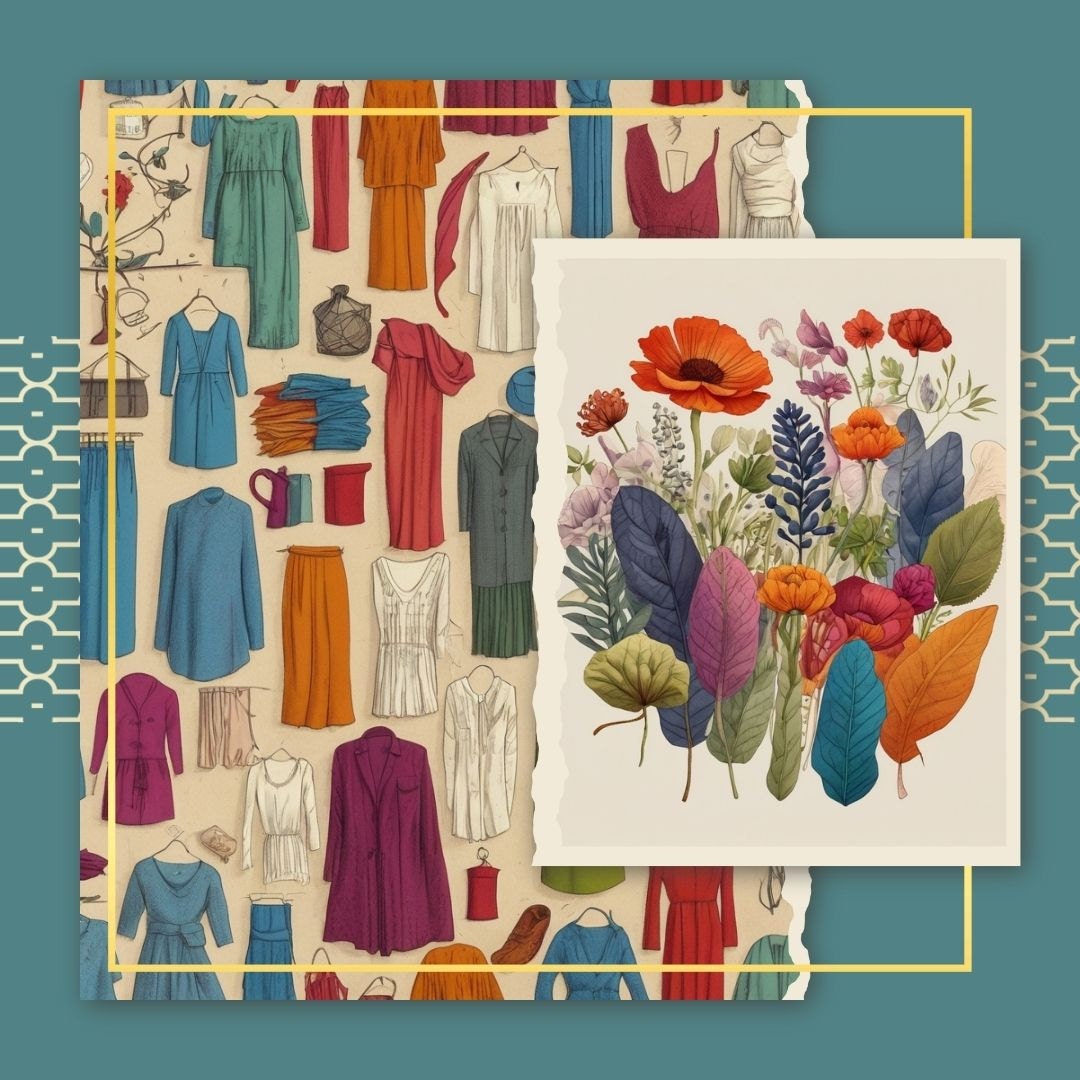
Rooted in Color: The Art, History, and Future of Natural Dyes in Textiles
For thousands of years, humans have turned to nature’s palette to dye their textiles and yarns—infusing their garments with vibrant reds, deep indigos, sunny yellows, and earthy browns drawn from plants, minerals, and insects. These natural dyes were more than just colorants; they carried cultural meaning, spiritual significance, and deep ecological relationships. As we grapple with the environmental fallout of synthetic dyes today, returning to these traditional dyeing methods isn’t just nostalgic—it might be essential for our planet’s health and cultural preservation.
A History Written in Color
Long before chemical dye factories, ancient civilizations across the globe extracted color from plants, barks, roots, berries, and insects. In India, Egypt, China, and the Andes, natural dyes were part of daily life and ritual. The famed Madder root (Rubia tinctorum) was used for red hues in Mesopotamia, while Indigofera tinctoria, a plant native to India, gave rise to the iconic indigo blue that would eventually travel the Silk Road and transform everything from royal robes to modern jeans.
Woad (Isatis tinctoria), used by the ancient Celts and Romans, gave a bluish tint long before indigo became widespread in Europe. Weld (Reseda luteola), native to Europe, produced a brilliant yellow. The Americas contributed cochineal, a red dye made from insects that live on prickly pear cacti, prized by the Aztecs and later exported to Europe where it was more valuable than gold for a time.

These dyes were labor-intensive to produce and required deep knowledge of plant cultivation, fermentation, and mordanting (the use of minerals like alum to fix dyes to fabric). They also created an ecosystem of relationships—between humans and their environment, between artisans and the plants they depended on.
The Shift to Synthetic Dyes—and Its Consequences
The natural dye industry began to decline after the first synthetic dye—mauveine—was discovered in 1856 by William Henry Perkin. By the 20th century, synthetic dyes dominated the global textile industry due to their lower cost, ease of use, and consistency in color. But this came at a significant cost.
Modern synthetic dyes often contain heavy metals and petroleum-derived chemicals, and many require toxic mordants. The dyeing process is one of the most polluting steps in textile manufacturing, contributing to 20% of global water pollution, according to the World Bank (2019). Rivers near dyeing factories in countries like Bangladesh, India, and China often run blue, red, or black with runoff, affecting ecosystems and human health.
A Return to Nature—and Responsibility
As interest in slow fashion, sustainability, and eco-consciousness grows, natural dyes are making a vibrant comeback. Artisans, indie dyers, and designers are reviving traditional techniques and experimenting with local plant species to create regionally rooted, environmentally friendly textiles.
However, this resurgence also comes with new responsibilities. Many plants once widely used in dyeing are now endangered or at risk due to deforestation, habitat loss, and climate change. For example:
- Brazilwood (Caesalpinia echinata), once prized for its deep red dye, is now endangered due to overharvesting.
- Logwood, native to Central America, faces threats from logging and climate shifts.
- Oak galls, used for their tannins, depend on healthy oak ecosystems.
If we are to re-embrace natural dyes, we must do so thoughtfully—by cultivating dye plants sustainably, supporting indigenous knowledge holders, and protecting the ecosystems that make these colors possible.
Ways to Support Eco-Conscious Dyeing Today
- Grow your own dye garden. Plants like marigold, indigo, goldenrod, and madder can be cultivated in small gardens.
- Source responsibly. Buy from small-batch dyers who use sustainable harvesting methods.
- Support conservation. Donate to or volunteer with organizations protecting endangered plants and traditional knowledge systems.
- Educate and share. Bring awareness to the origins and environmental impact of color in fashion and design.
Recoloring Our Relationship with Nature
Natural dyes invite us to see color not as a commodity, but as a story—rooted in soil, water, sunlight, and care. They remind us that the vibrancy of our garments once came from vibrant ecosystems, tended by generations of craftspeople who understood their interdependence with the land. As we face climate collapse and biodiversity loss, reviving these traditions offers not just beauty, but a pathway to reconnection and respect. The future of fashion can be rich in color—and conscious in every stitch.
Works Cited
Fletcher, Kate. Sustainable Fashion and Textiles: Design Journeys. Routledge, 2014.
Cardon, Dominique. Natural Dyes: Sources, Tradition, Technology and Science. Archetype Publications, 2007.
World Bank. “The Role of the Textile and Dye Industry in Global Water Pollution.” World Bank, 2019.
https://www.worldbank.org/en/news/feature/2019/09/05/dirty-fashion
Harvey, Louisa. “A Colorful History: The Significance of Natural Dyes.” Textile Society of America, 2021.
https://textilesocietyofamerica.org/news/a-colorful-history-the-significance-of-natural-dyes/
Botanical Colors. “Dye Plant Profiles.” BotanicalColors.com, 2024.
https://botanicalcolors.com/resource-center/dye-plant-profiles/
